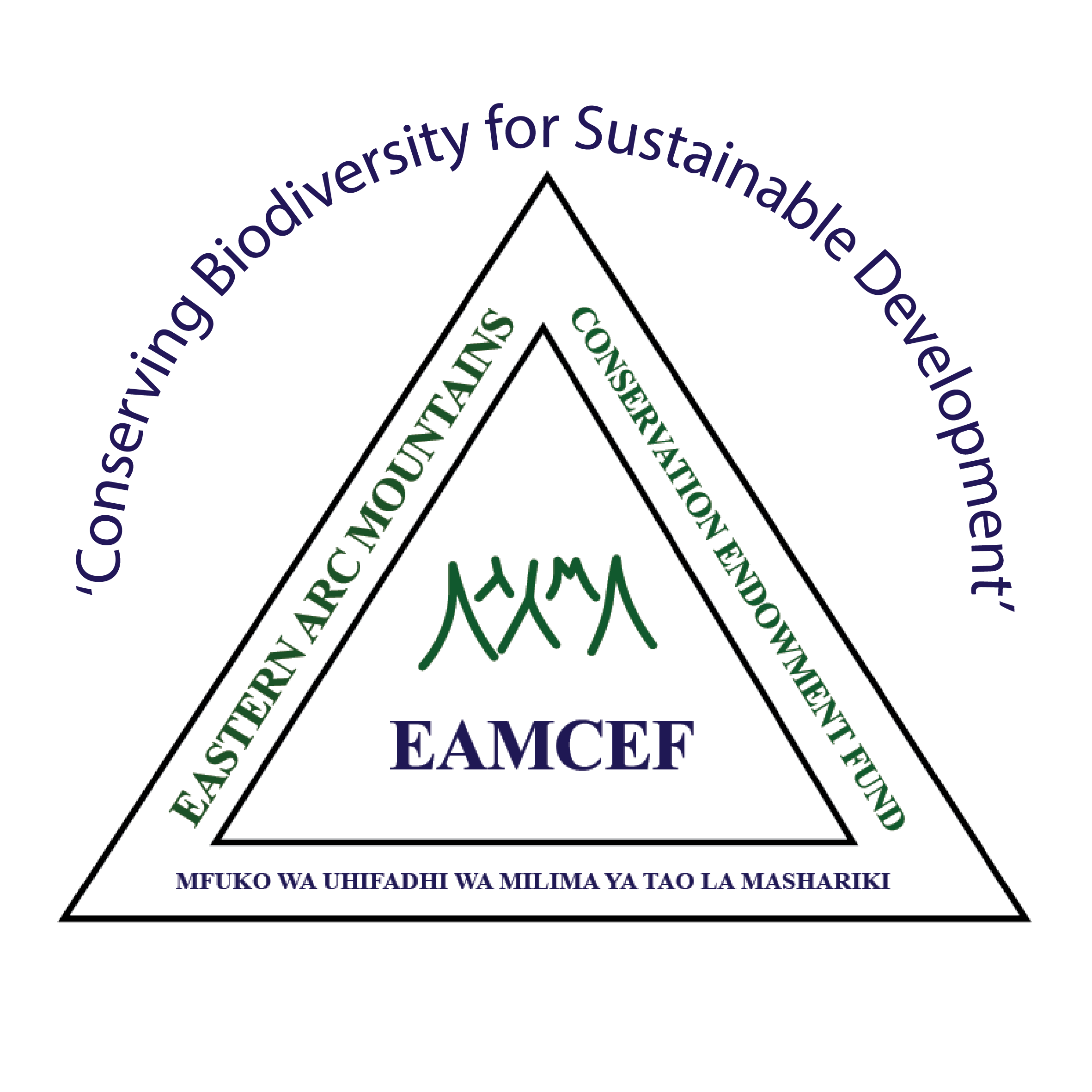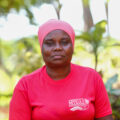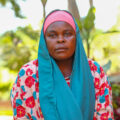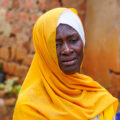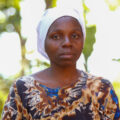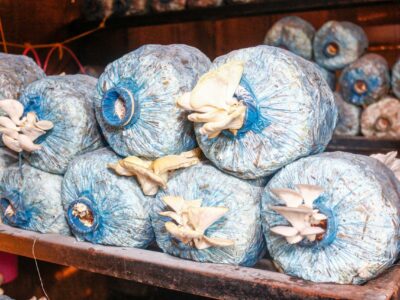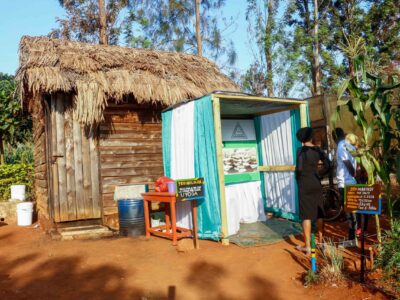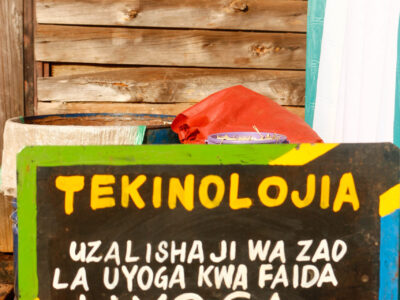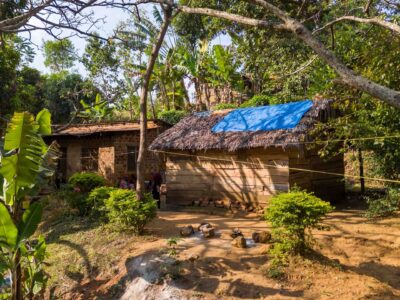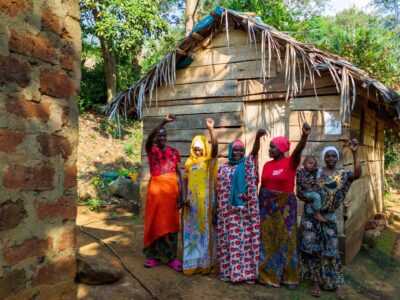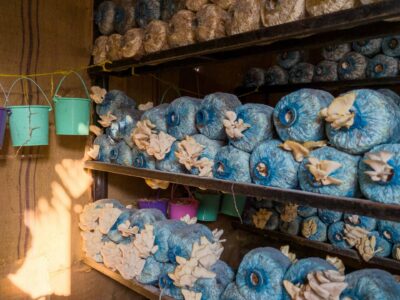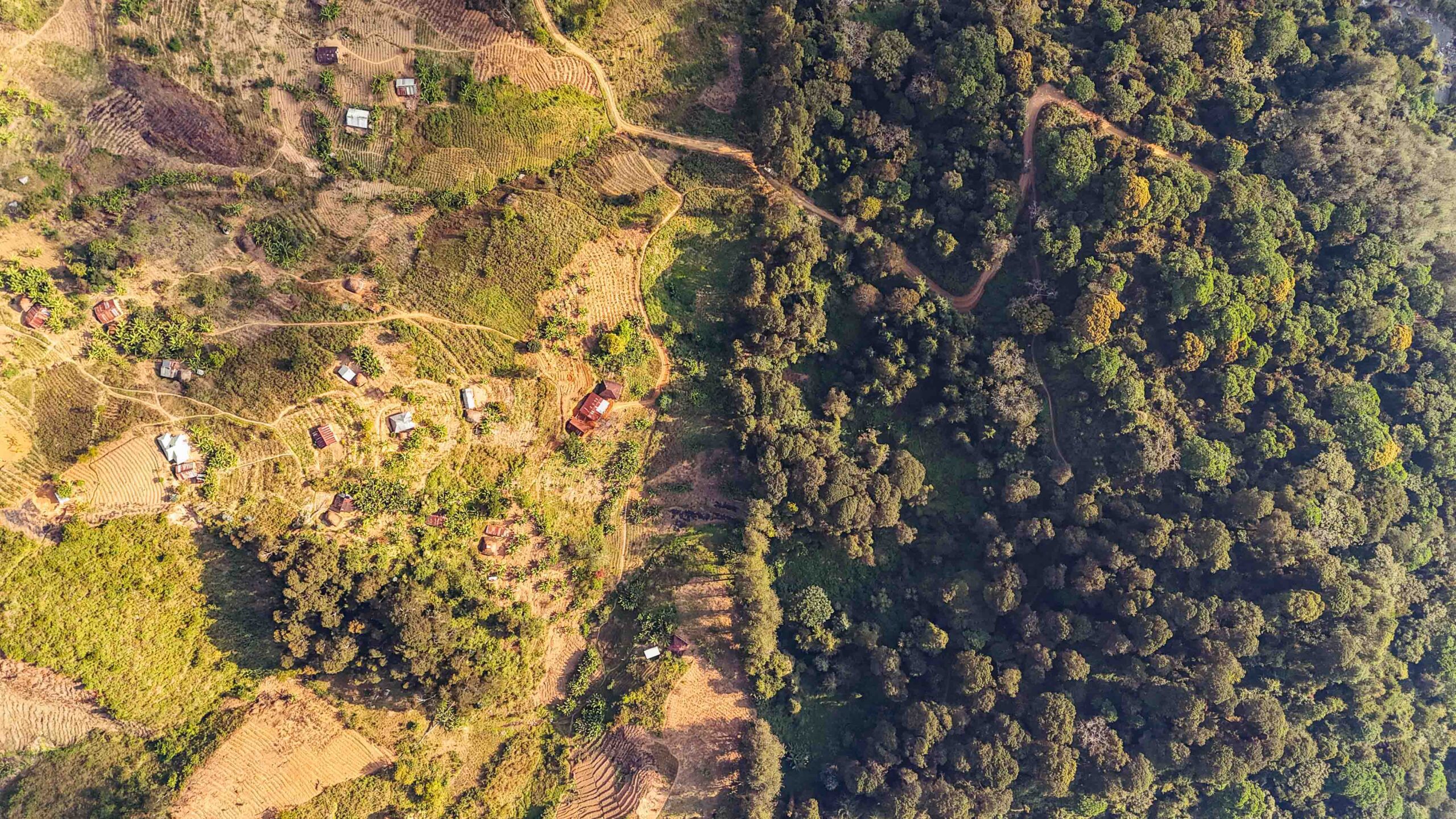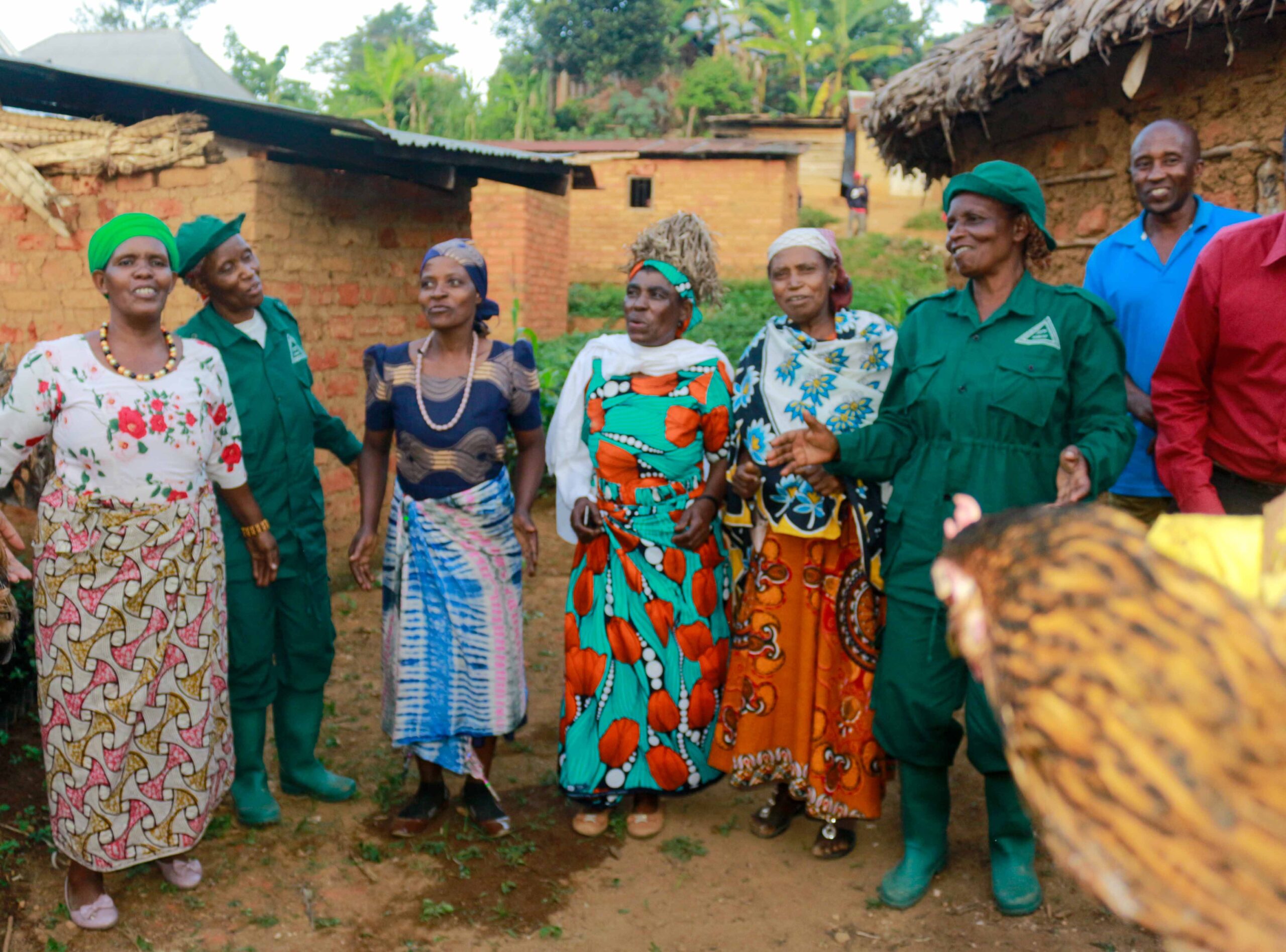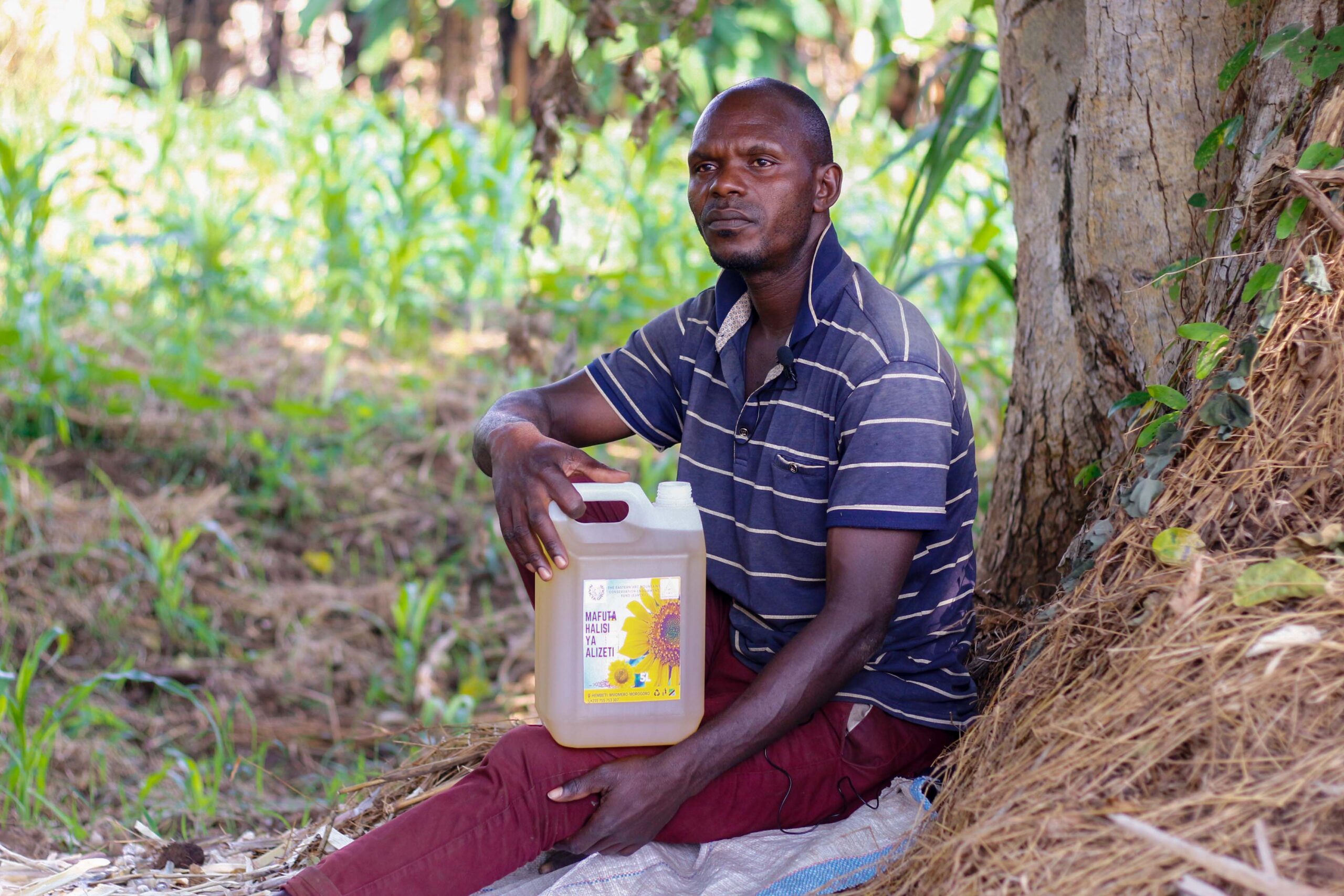Ecotourism infrastructure in the Eastern Arc Mountains has been significantly improved thanks to the efforts…
Mushroom farming in Mbeta is transforming lives and landscapes at the foot of the Uluguru Mountains in Morogoro Municipality. For years, women in the village of Mbeta relied on forest-based activities like firewood collection and pebble crushing from mountain streams—strenuous labor that earned little income while degrading the environment.
To change this, the Eastern Arc Mountains Conservation Endowment Fund (EAMCEF), in partnership with Morogoro Municipal Council and Agriwezesha, introduced mushroom farming in Mbeta as a sustainable alternative. The newly formed Tujikwamue group of women received training, mushroom seeds, growing sheds, and hygiene supplies. Though initially unfamiliar with the practice, the women quickly adapted and embraced the opportunity.
Their first mushroom harvest matured in just 15 to 25 days and earned over TZS 200,000 within the first four months. The women proudly showcased their produce at the Nanenane Exhibition, offered financial assistance to fellow members, and covered their children’s school fees and basic needs—all through mushroom farming in Mbeta. The shift also brought healthier food to their tables and sparked environmental awareness within their families.
Unlike former practices that depleted the forest, mushroom farming in Mbeta relies on rice straw, preserving the Uluguru Nature Forest Reserve. The success of the Tujikwamue group has inspired neighboring villages, contributing to a combined revenue of TZS 3.05 million from mushroom production across the region.
Thanks to mushroom farming in Mbeta, women have broken free from poverty, restored dignity to their work, and become champions of environmental conservation. Their journey marks a powerful intersection of sustainable development, gender empowerment, and forest protection.
